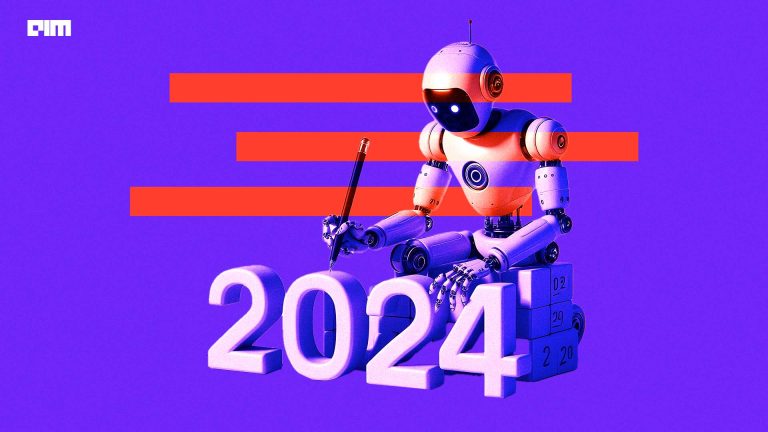Dikshant Agarwal, Data Scientist at CASHe
For this week’s developer series Behind The Code, where we talk to the developer community in India to know more about how they began their journey and what tools do they prefer at work, we spoke to Dikshant Agarwal, a Data Scientist at CASHe. A Mechanical Engineer from IIT Bombay, Agarwal did his Post Graduation Diploma in Liberal Arts and Sciences from Ashoka University and is fairly new to the field of data science.
The Journey
Agarwal has previously worked in the domain of Product Design in a Robotics company. After his first job, he was pursuing the Young India Fellowship at Ashoka University and was looking to switch fields into something technical. Data Science seemed like a good choice since the learning curve was low and he could understand the essentials by taking some lectures and reading a few books. He found Python programming easy to learn and online communities like Stack Overflow and Kaggle were extremely resourceful. Once he got a good grasp of the theory and started doing some projects, he made a decision to continue in the field. It’s been more than a year now since Agarwal has begun his work in data science.
Codes And Tools
Agarwal started his journey with Python and is still most comfortable with it. He has recently worked in R for a few months and he thinks the language is very well supported and is an equally good choice to start a career in data science with. According to Agarwal, “You can’t go wrong with choosing either one of the two. They have extremely good, well-documented libraries and online community support if you need to debug.” He finds both Python and R languages the black box implementations of carrying out a much more complicated task in few lines of code. Once he worked with both of them, he got a sneak peek inside these black boxes which helped him to be more confident while applying their extremely-powerful packages.
According to Agarwal, the essential key points of any programming in data science are:
- Familiarity with at least one programming language
- Basic engineering mathematics such as calculus, statistics and probability
- Tolerance to googling until you’re able to solve it
This young data scientist has recently learnt how to do hyperparameter tuning of models using optimisation instead of conventional grid-search.
Job At CASHe
As a data scientist at CASHe, his job involves working with both Python and R, along with familiarity with an intermediate-level SQL querying to work with large databases. His everyday work involves carrying out market and business analysis and building and upgrading the existing machine learning models. The latter task often involves long training times which he tries to fill in with either helping his colleagues or learning and brainstorming about other kinds of data science tools that could be incorporated in his company.
Agarwal says that the best thing about his everyday work at CASHe is the freedom to build and implement existing data science knowledge into pieces of codes which will help disrupt the lending industry from its age-old conventional ways. “We keep trying and implementing different data analytics frameworks to our business scenario in order to improve the customer experience and make it smarter to ensure that the credit is available who requires it without much bureaucratic friction,” he said.
He also strongly feels that he can improve his older codes when he looks at them after a couple of weeks or months since in every project one can try different approaches and tools that he might have not thought about when approaching an older project. He revealed that as one learns new tools and works on different types of projects, they can incorporate their learnings into the newer as well as older projects.
Goals In Data Science
His personal endeavours for the next few years are to work across a diverse set of business problems and try to enable cross-learning among experts of different fields such as business, social sciences and engineering within a company using AI and data science tools as a catalyst.
The data scientist is also looking forward to developments in technologies like computer vision in autonomous vehicles, better customer support using AI bots such as Google Duplex and financial engineering using blockchain technologies, and how their potential open-sourcing will help upcoming businesses and startups to make even smarter solutions to help a common man in his everyday life.


















































































